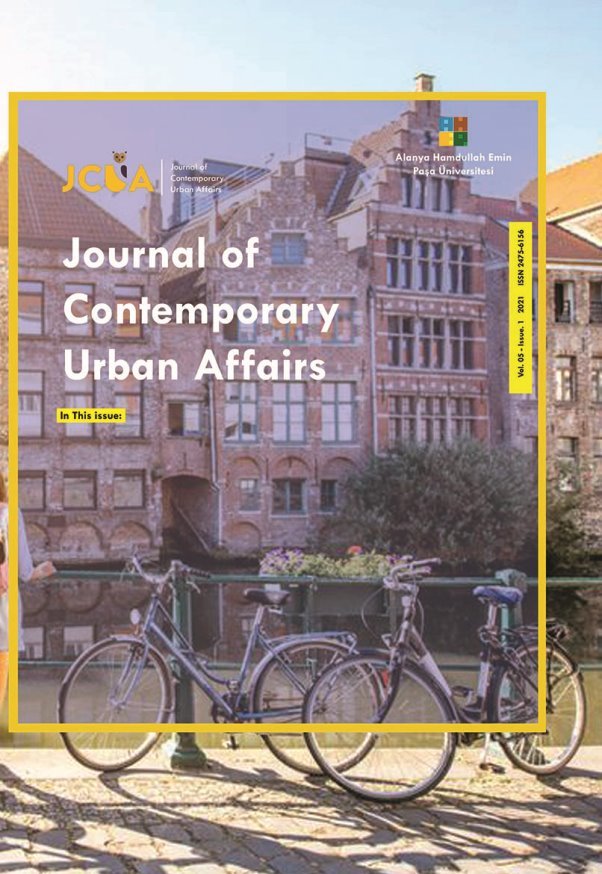
Journal Of Contemporary Urban Affairs
Yazarlar: Oluwafemi K. Akande
Konular:-
DOI:10.25034/ijcua.2021.v5n1-3
Anahtar Kelimeler:Urban Housing,Housing Quality,Indoor Air Quality,Public Health,Urbanization.
Özet: Nigeria’s housing provision is perceived in terms of quantity with less attention to its quality and impact on people’s health. The quality of indoor air in housing and its associated risks to human health was assessed in this paper to improve housing provision in Nigeria. Quantitative data collected from Bauchi, Nigeria includes household surveys, housing characteristics, indoor carbon dioxide (CO2), and particulate matter (PM2.5 and PM10). PM2.5 and PM10 recorded in the building were (63 μm/m3) and (228 μm/m3) and observed to be greater than safe values of 25 μm/m3 (PM2.5) and 50 μm/m3 (PM10) recommended by the World Health Organization (WHO). Some building features associated with some ailments were found to be risk factors. The study recommended a redirection for more quality housing provision. It concludes that housing characteristics should be targeted for public health interventions as a means of improving the quality of urban housing in Nigeria.